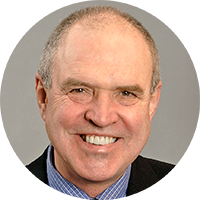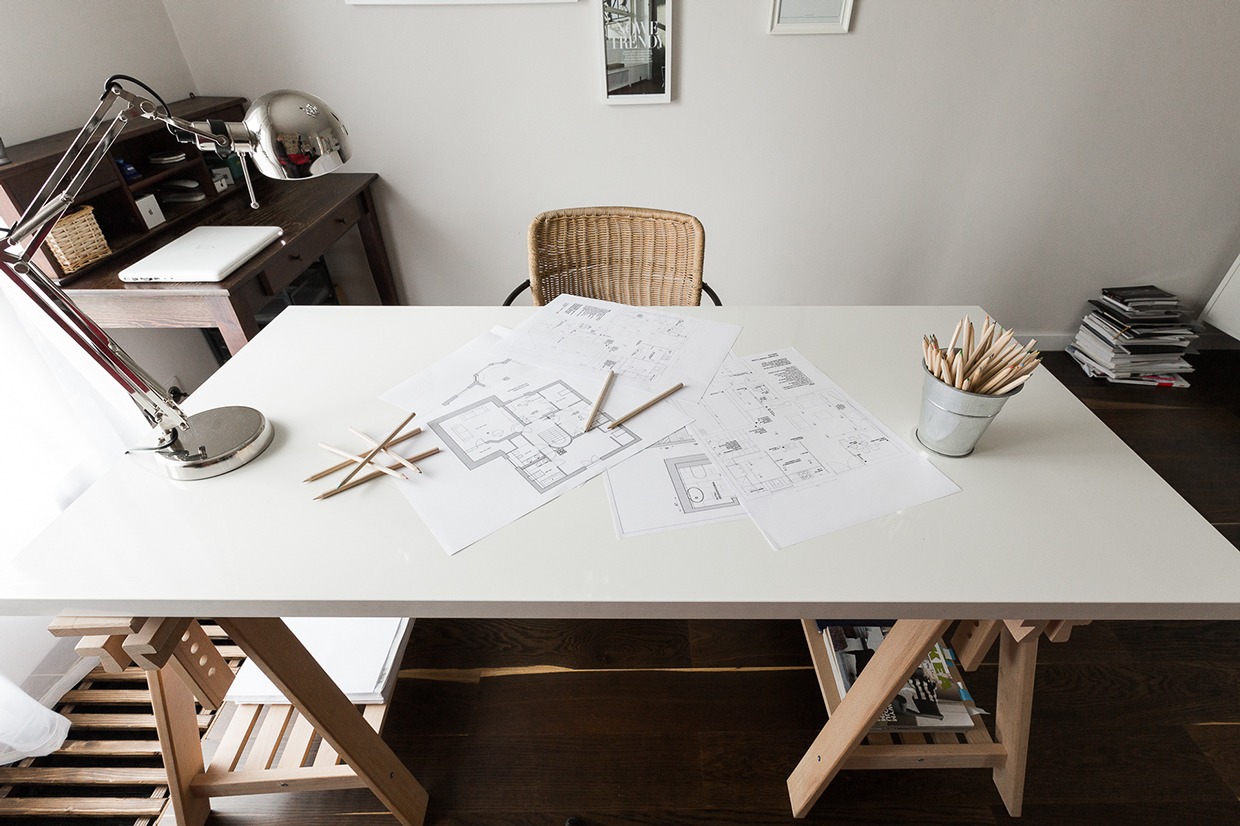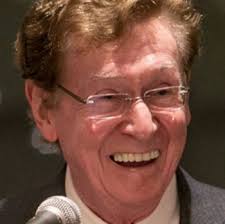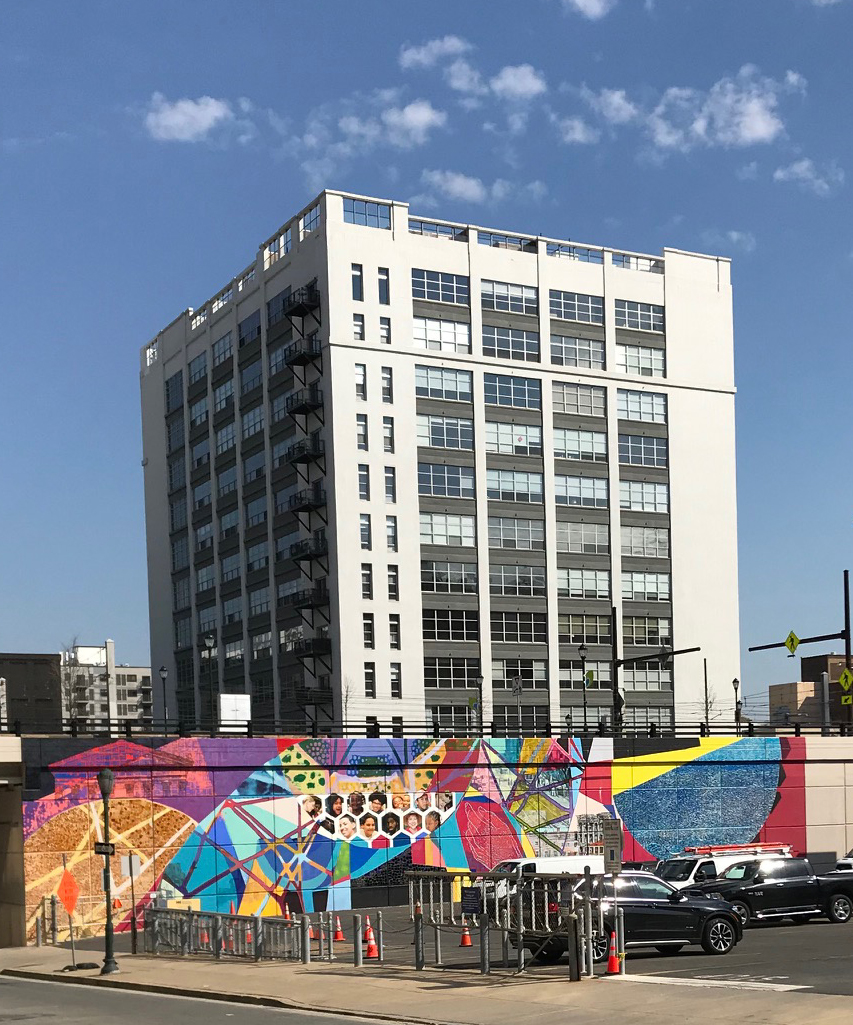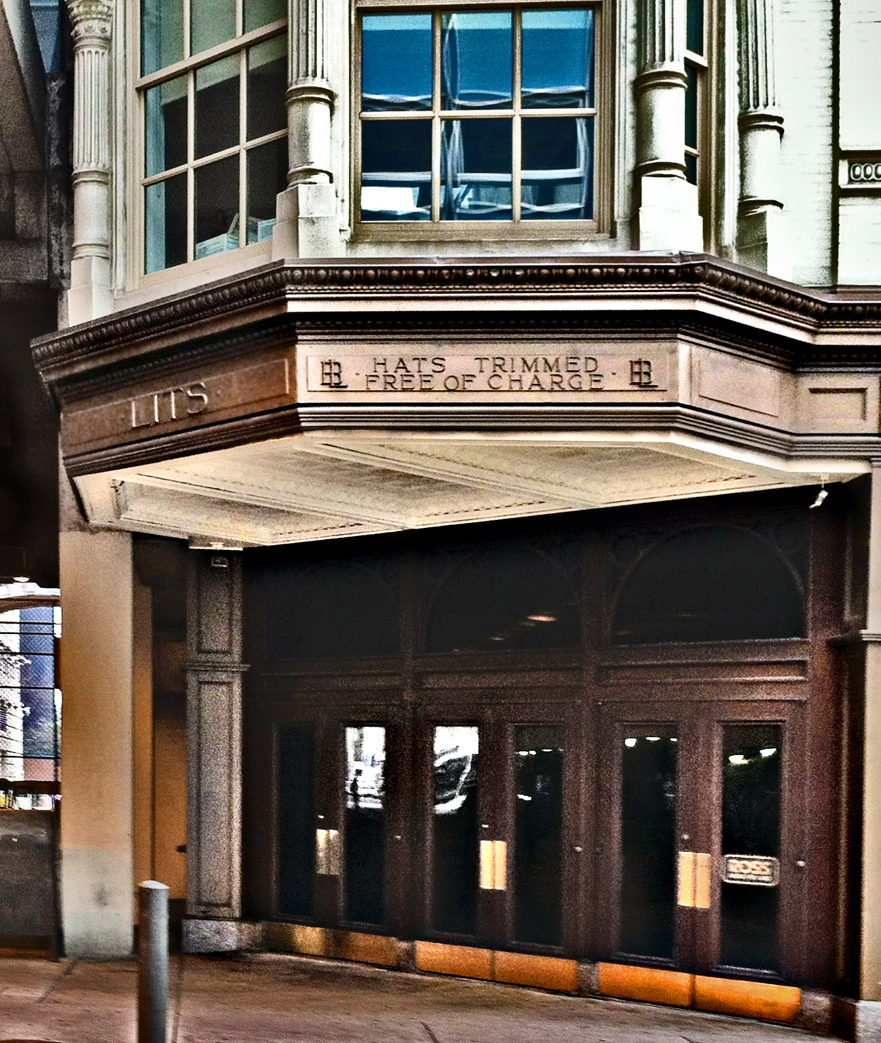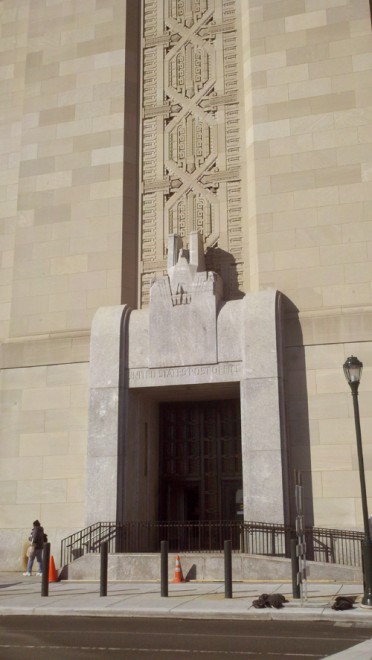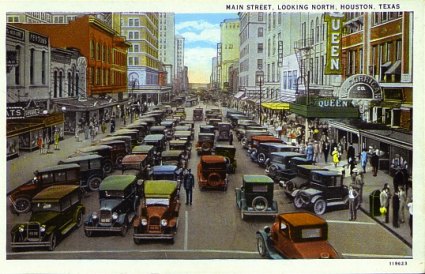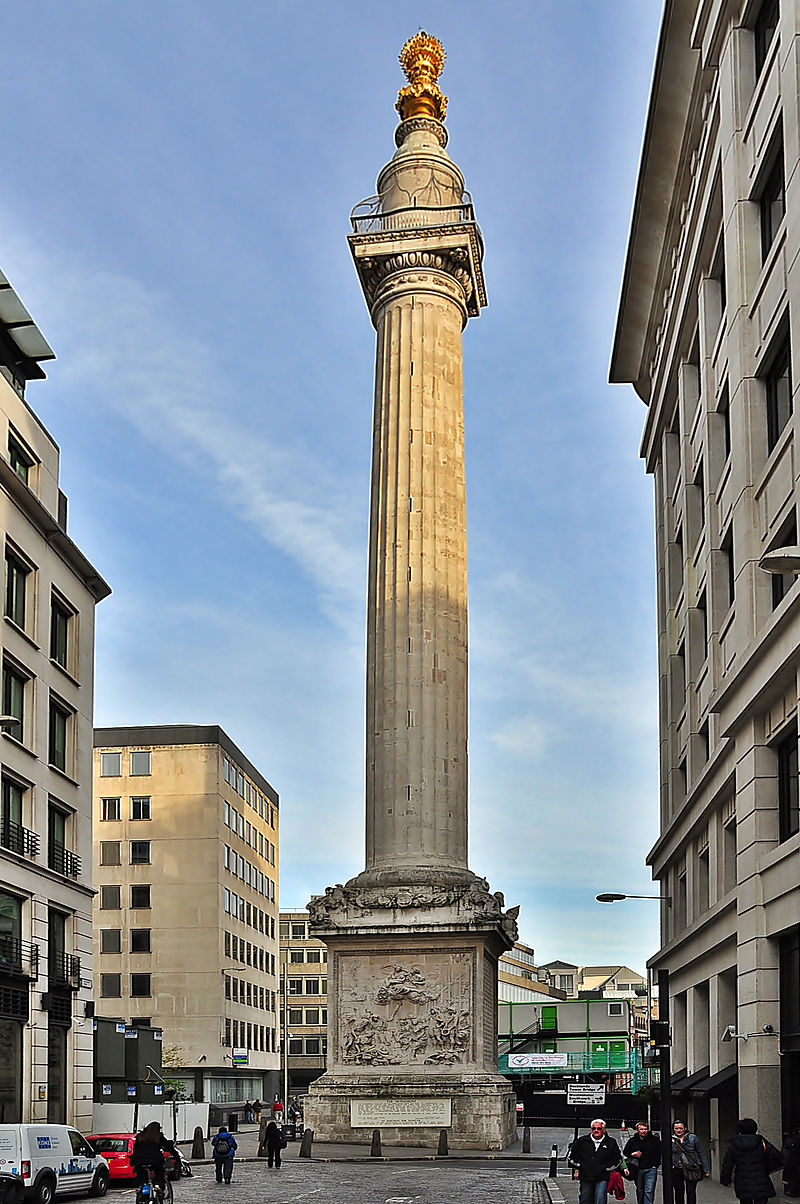NEW BLOOD
I recently came across an article in The Architect’s Newspaper titled “The future of our profession depends on diversity.” The author argues that the architectural profession needs to take specific steps to increase diversity. “The architecture profession runs the risk of becoming irrelevant if we do not adapt and create pathways for minorities to enter and lead the profession,” he writes. Received wisdom, but is it true? Or, rather, hasn’t it always been true? When I studied architecture in the 1960s, there were no women in my class, no blacks, and no aboriginal Canadians. But we were a mixed group: five immigrants (two from Hong Kong,
